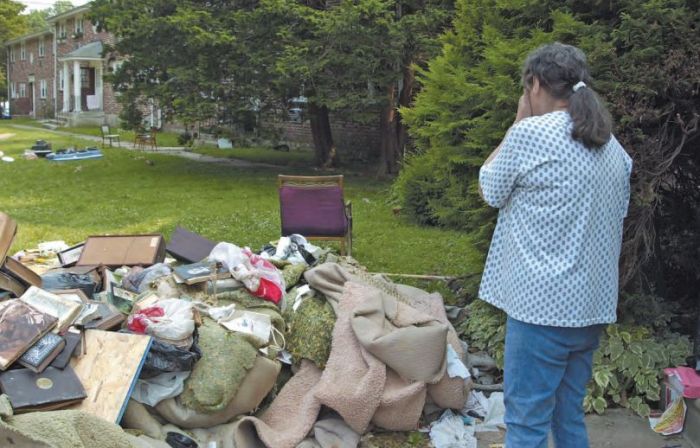FEMA National Flood Insurance (NFIP)
Posted: 03/13/19
The National Oceanic and Atmospheric Administration (NOAA) predicts that communities in the Lower Minnesota River Watershed District may be at a higher-than-normal risk of spring flooding (https://water.weather.gov/
The National Flood Insurance Program (NFIP) makes flood insurance available to residents of communities that voluntarily participate in the program. Flood insurance is available to homeowners, renters, and business owners in your community. Contents-only policies are also available. The time to purchase flood insurance is now—before the waters start to rise. There is a 30-day waiting period before most flood insurance policies come into effect. To purchase flood insurance, homeowners, renters, and business owners in your community should speak to their insurance agent or call the NFIP Call Center at 1-800-427-4661.
Below you will find links to outreach materials available to everyone in your community. We ask that you freely use these resources and join us in spreading the message that now is the time to purchase flood insurance.
- Flood Social Media Toolkit
- 2019 Social Media Resources
- Flood Insurance Whiteboard Explainer Videos
- Free NFIP Publications and Outreach Materials for State and Local Officials
- Free NFIP Materials Order Form
- Floodsmart Website
If you have questions about the NFIP, please contact the Region V Flood Insurance Liaison, James G. Sink, at james.sink@fema.dhs.gov or
312-408-4421. Homeowners, renters, and business owners should contact their insurance agent or the NFIP Call Center.
